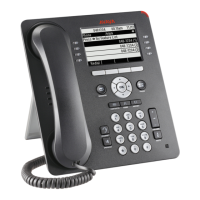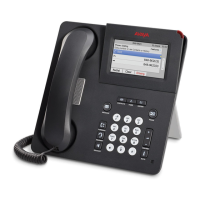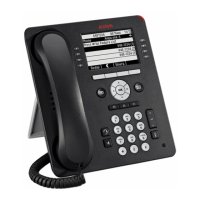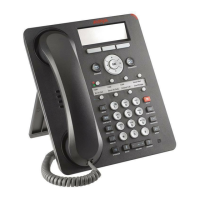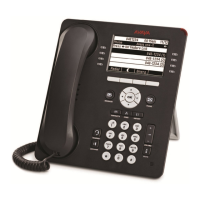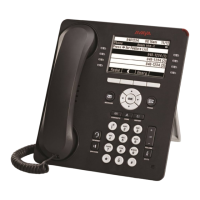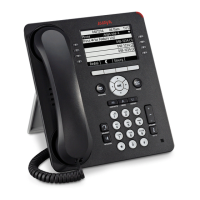Issue 1 August 2010 59
Chapter 5: Troubleshooting Guidelines
Introduction
This chapter describes problems that might occur during both installation and normal operation
of the 9600 Series IP Deskphones and possible ways of resolving these problems.
This chapter contains the following sections:
●
Descriptions of error conditions and methods for resolving them.
●
The use of the VIEW option to view system values.
●
Error and status messages, and methods for resolving them.
●
LLDP troubleshooting.
Error Conditions
There are three areas where installers can troubleshoot problems before seeking assistance
from the system or LAN administrator:
1. Check both the power and Ethernet wiring for the following conditions:
●
Whether all components are plugged in correctly.
●
Check LAN connectivity in both directions to all servers - DHCP, HTTP, HTTPS,
DEFINITY
®
/MultiVantage™.
●
If the telephone is supposed to be powered from the LAN, ensure that the LAN is
properly administered and is compliant with IEEE 802.3af.
2. If you are using static addressing:
●
Use the VIEW option to find the names of the files being used and verify that these
filenames match those on the HTTP/HTTPS server. See The View Administrative
Option on page 60 for more information. Check the Avaya Web site to verify whether the
correct files are being used.
●
Use the ADDR option to verify IP Addresses. See Static Addressing Installation on
page 37 for information.
3. If the deskphone is not communicating with the system (DHCP, HTTP, or Avaya Media
Server), make a note of the last message displayed, as described in Table 3
and/or Table 4.
Consult the system administrator. Sometimes problems with CM - HTTP communications
can be corrected by setting the HTTPPORT value to 81.
4. If you expect the telephone to be IEEE-powered, verify with the LAN administrator that IEEE
power is indeed supported on the LAN.

